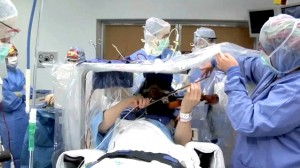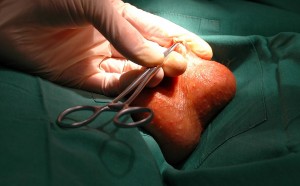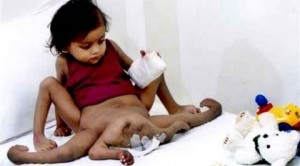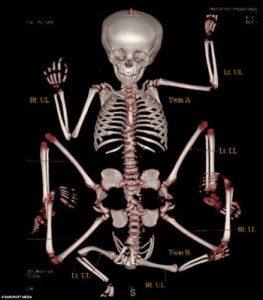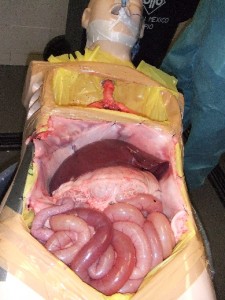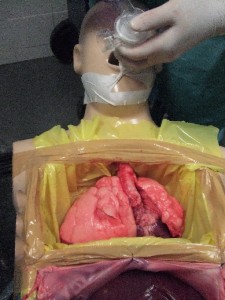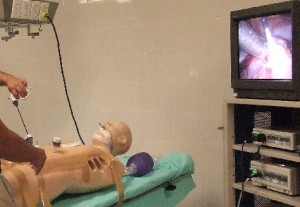
Kidney stones (nephrolithiasis or urolithiasis) affect approximately 12% of men and 5% of women during their lifetime. Nearly half of all first time stone formers will have another stone episode within the next four years.
Stones can form when calcium, oxalate, uric acid or cystine are at high levels in the urine.
Uric acid stones represents 5 – 10% of all kidney stones. But they comprise 40% in areas with hot/arid climates where low urine volume and acid urine pH promote uric acid precipitation.
Prevalence: Â In patients with gout without antihyperuricemic treatment is 20%. Hundreds-fold greater than healthy adults.
Risk factors: It primarily occurs in patients without abnormality in uric acid metabolism such as: relatively high serum uric acid levels, comparatively low urinary pH, and low fractional excretion of urate. Clinical gout. Hyperuricosuria, chronic diarrhea (bicarbonate loss and dehydration). Â Diabetes, metabolic syndrome and overweight.
How it occurs?: Â Two major factors contribute uric acid precipitation
- a high concentration of uric acid in urine
- acid urine pH
Diagnosis: Is suggested from the acute onset of flank pain, a positive non-contrast-enhanced CT scan, and history of a predisposing disease (gout, cancer, etc). Plain X-ray is not helpful because these stones are not radiopaque. Confirmation of the diagnosis is best made by chemical analysis of a stone that has been passed.
Treatment:
- Maintenance of the urine output above 2 L/day to diminish the urine uric acid concentration
- alkalinization of the urine (increase the urine pH) with potassium bicarbonate or potassium citrate (cytra-k; polycitra-k; urocit-k; citro-k)Â can be given and this regimen can both dissolve preexisting stones and prevent the formation of new ones.
- Allopurinol (zyloprim; aloprim; atisuril)
- Reduction in dietary purine intake (protein)
